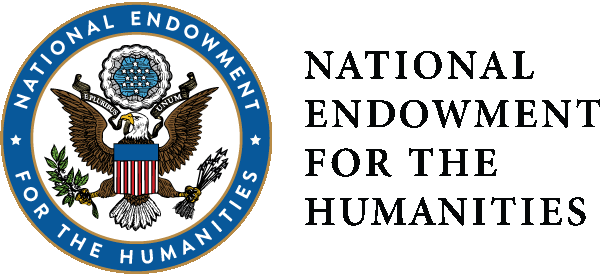John Kouns
John Kouns
John Kouns’s photography of seminal moments in American history often appears un-credited in history books and films. He was present at some of the most iconic events of the Farmworker Movement, the Black Freedom Movement, and the Peace Movement in the 1960s and 1970s. His images broaden and deepen our understanding by showing the chorus of voices that created these movements.
Born in Alameda, California, in 1929, John Alexander Kouns grew up in San José. He went into the Navy for two years during the Korean War, and learned photography. In the late 1950s, he studied at New York Institute of Photography, where he met and was inspired by Eugene Smith. After working for a couple of years for the news agency UPI in San Francisco, he became a successful industrial photographer who practiced, on the side, humanistic documentary photography.
John Kouns Speaks About His Work
Children gleaning onions, California, 1961. Photo by John Kouns.
William King and marchers walking on the road during the march to Sacramento, 1966. Photo by John Kouns.
John Kouns Talks About His Photographs
Tom & Ethel Bradley Center
California State University, Northridge
18111 Nordhoff Street, Northridge, CA 91330
Phone: (818) 677-1200 / Contact Us


